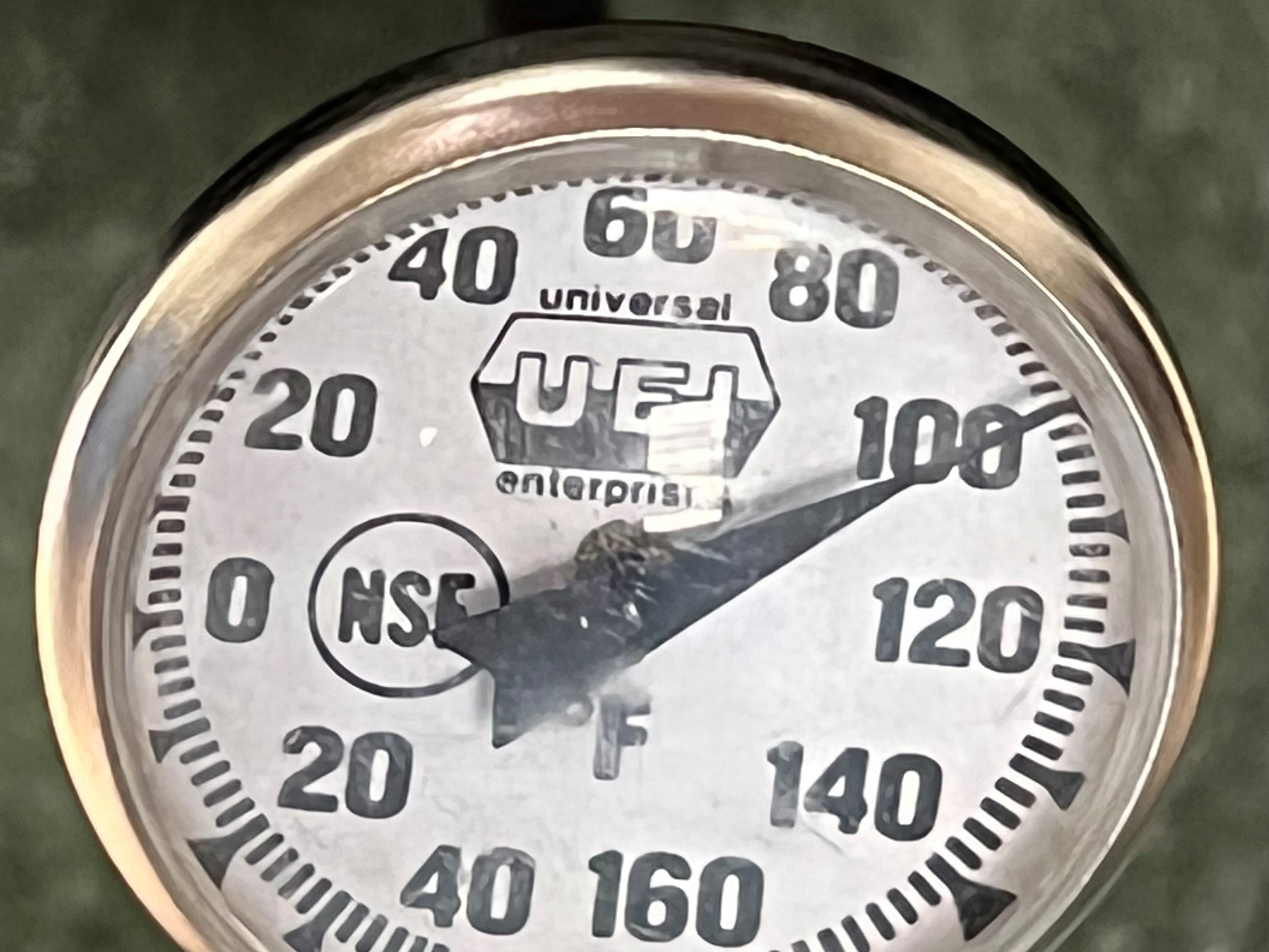
Wednesday, July 6, 2022
Author: Keenan Amundsen
I just returned from a trip to the Pacific Northwest where it was a cool 70F. To get caught up on field research, I headed straight to the field where the heat index was 104F. I’ll share the mysteries and importance of temperature acclimation in a future article, but I was not adjusted to those temperatures. The heat and humidity are just as stressful to the turf we manage. The following was adapted from a Turf iNfo prepared by former UNL professor Zac Reicher.
The forecasted elevated temperatures are tough on all cool-season grasses. The good news is that healthy cool-season grasses can usually withstand high temperatures, but the bad news is that this heat may weaken the plant leading to thinning or death later this summer.
High temperatures cause problems both above and below ground. Above ground, photosynthesis or energy production of cool-season turfgrasses starts to decline once daytime air temperatures exceed 70-75F. At the same time, respiration (the energy-consuming process to maintain the plant) is increasing with higher temperatures. At air temperatures greater than 80-85F, cool-season turfgrass plants are in an energy deficit where energy demand is higher than energy production. Short periods of an energy deficit are normal and the plant uses stored energy to meet its needs. However, energy stores are depleted with extended heat, and the plant weakens. This energy depletion is further exaggerated during warm nights when the plant uses up far more stored energy for respiration than during cool nights. Since the energy reserves of cool-season plants are fairly high early in the summer, they are usually capable of withstanding early summer heat like we are experiencing. However, this early summer heat depletes energy reserves that are needed later in the summer.
Below ground, root growth of cool-season turfgrass is optimal between 50 and 65F and declines quickly above 70F. At the same time, root death increases at elevated temperatures, especially in wet soils with limited ability to hold oxygen. The end result is that root systems become shallow and spindly with prolonged heat and thus have limited ability to take up water and nutrients.
Following are management suggestions to help the cool-season grasses cope with the heat:
- The almost immediate response to high temperatures is to increase irrigation, which makes sense and is needed since most water is used for cooling the plant. However, saturated soils from over irrigation limits oxygen leading to root death and thus severely compromises the grass plant over the rest of the season. Therefore, we still want to keep turf on the dry side to maximize soil oxygen, but at the same time enough water should be applied to allow the plant to cool itself.
- We are often questioned about irrigating lightly (syringing) during the day to cool the turf. This effect is very short term, maybe lasting 10-15 minutes depending on the conditions. Syringing is probably not needed on healthy, deep-rooted turf, but can be effective on compromised turf such as annual bluegrass, seedlings, or turf infected with summer patch, necrotic ring spot, or take-all patch.
- Continue mowing as needed, but be sure turf is well-watered to insure no extra damage. Consider mowing in the morning or evenings when temperature and water demand is lowest. Do not raise the mowing height except possibly on very low mowed greens. Occasional rolling instead of mowing on greens will maintain green speed while maintaining maximum photosynthetic leaf area. Be sure to switch to smooth rollers on the mowing units for summer mowing.
- The combination of day- and night-time temperatures will be conducive for pythium and brown patch and thus preventative applications should be made now on golf courses and athletic fields. We usually don’t recommend fungicide applications on homelawns if they can be avoided.
- The adult beetles of masked chafer are just starting to show up in Lincoln, and Japanese beetles were reported 3 weeks ago in Indiana and last week in Chicago. On historically problematic areas or areas where damage cannot be tolerated, preventative applications for white grubs should be applied in the next few weeks if they have not been applied yet.
- Though nutsedge and crabgrass are growing vigorously, avoid applying any postemergence herbicides which can suddenly become injurious in these temperatures, no matter how safe they have been in the past.
- On golf courses or athletic fields, aerify with solid narrow tines to increase water and air movement. Ensure the areas are well-watered prior and consider this during cloud cover or in the cooler parts of the day.